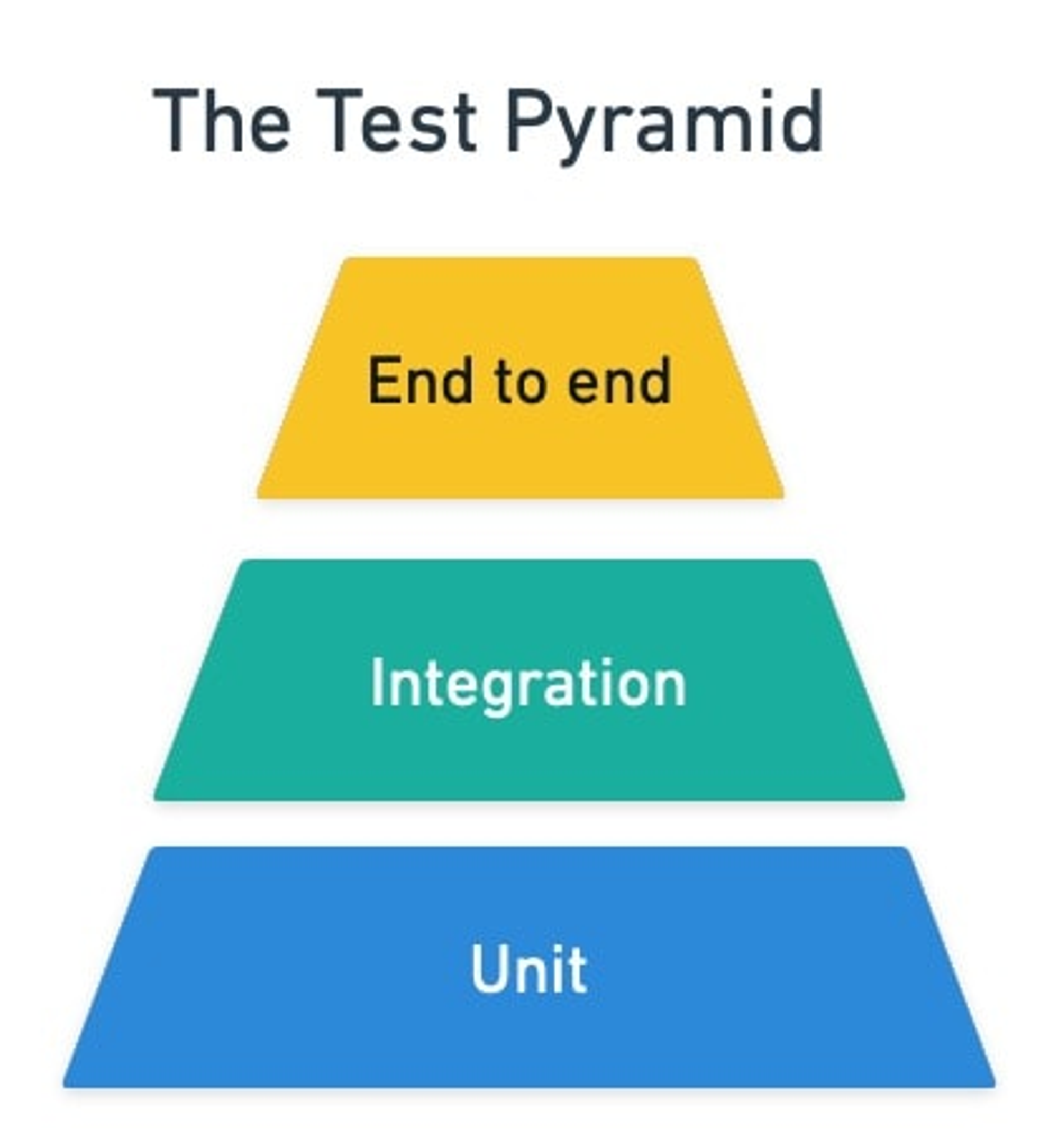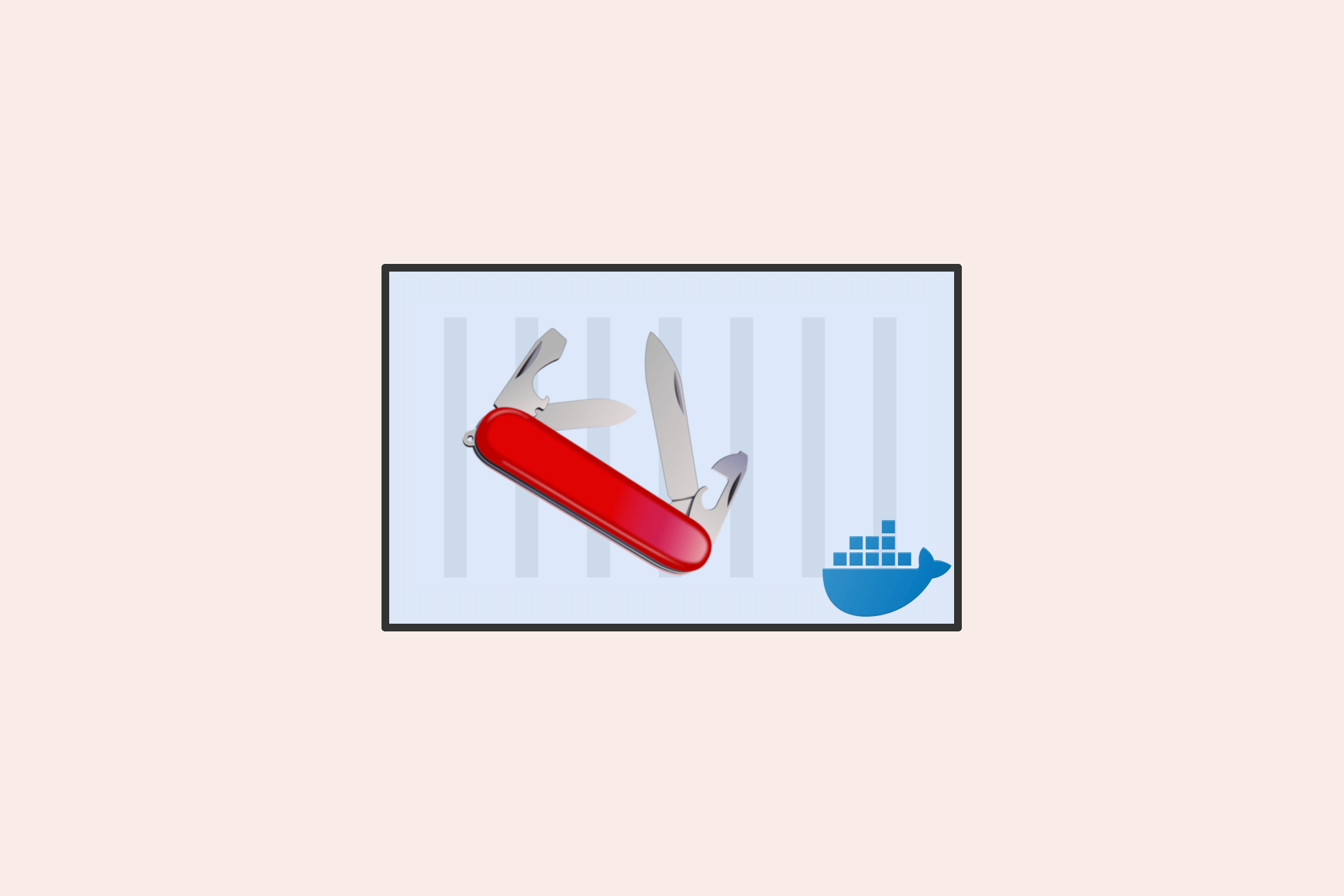IBM's Single Sign-On
Common User Access (CUA) is a standard for user interfaces to operating systems and computer programs. It was developed by IBM and first published in 1987 as part of their Systems Application Architecture. Used originally in the MVS/ESA, VM/CMS, OS/400, OS/2 and Microsoft Windows operating systems, parts of the CUA standard are now implemented in programs for other operating systems, including variants of Unix. It is also used by Java AWT and Swing.
IBM wanted a standard way to interact with text-based user interface software, whether the screen was a dumb terminal connected to a mainframe or a PS/2 with VGA graphics.[1] CUA was a detailed specification and set strict rules about how applications should look and function. Its aim was in part to bring about harmony among DOS applications, which until then had independently implemented different user interfaces.[citation needed ]
F1 was often the help key (such as Volkswriter (1982)[2]), but in WordPerfect, help was on F3 instead. Some programs used Esc to cancel an action, while some used it to complete one; WordPerfect used it to repeat a character. Some programs used End to go to the end of a line, while some used it to complete filling in a form. Ins sometimes toggled between overtype and inserting characters, but some programs used it for "paste".



















.png)